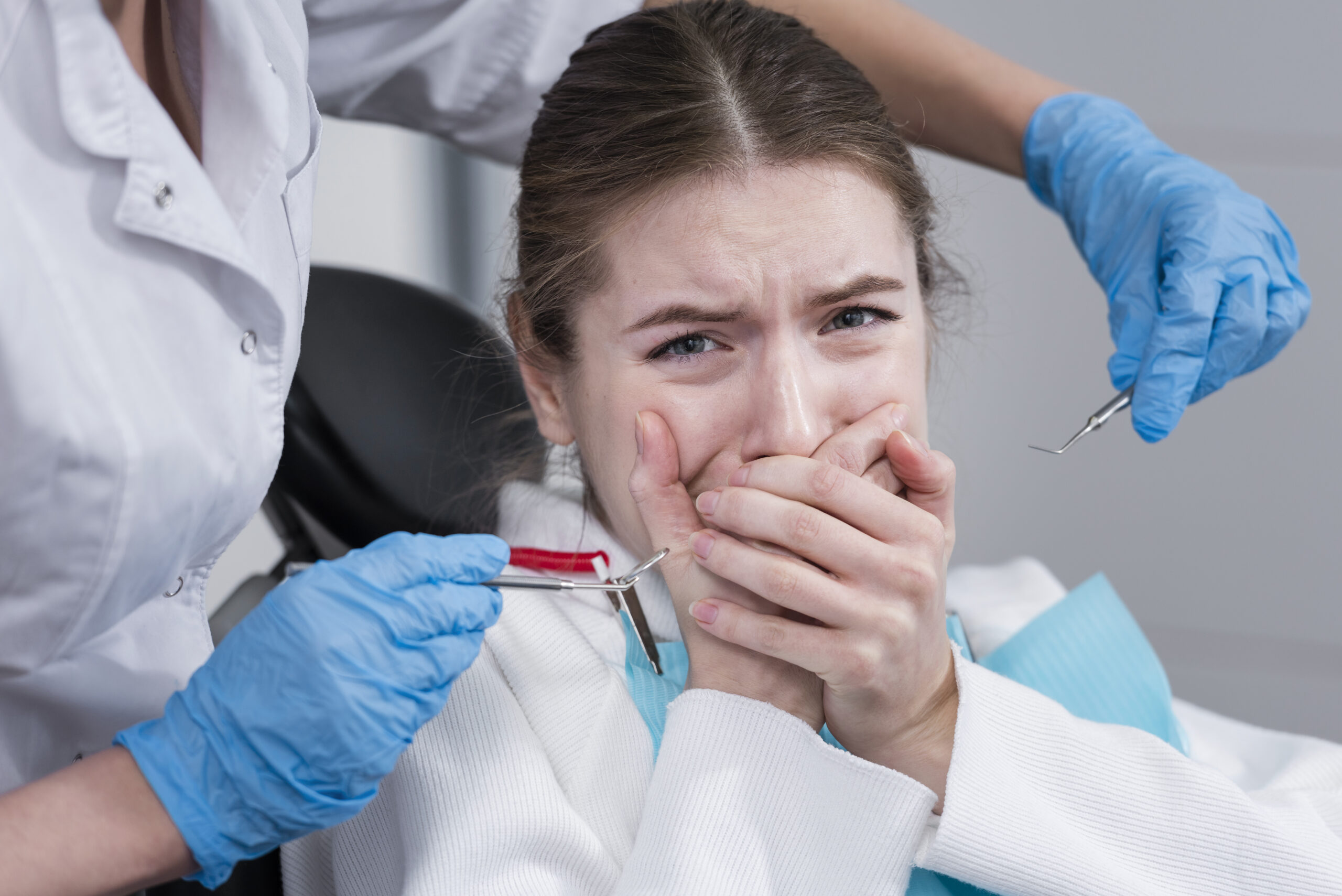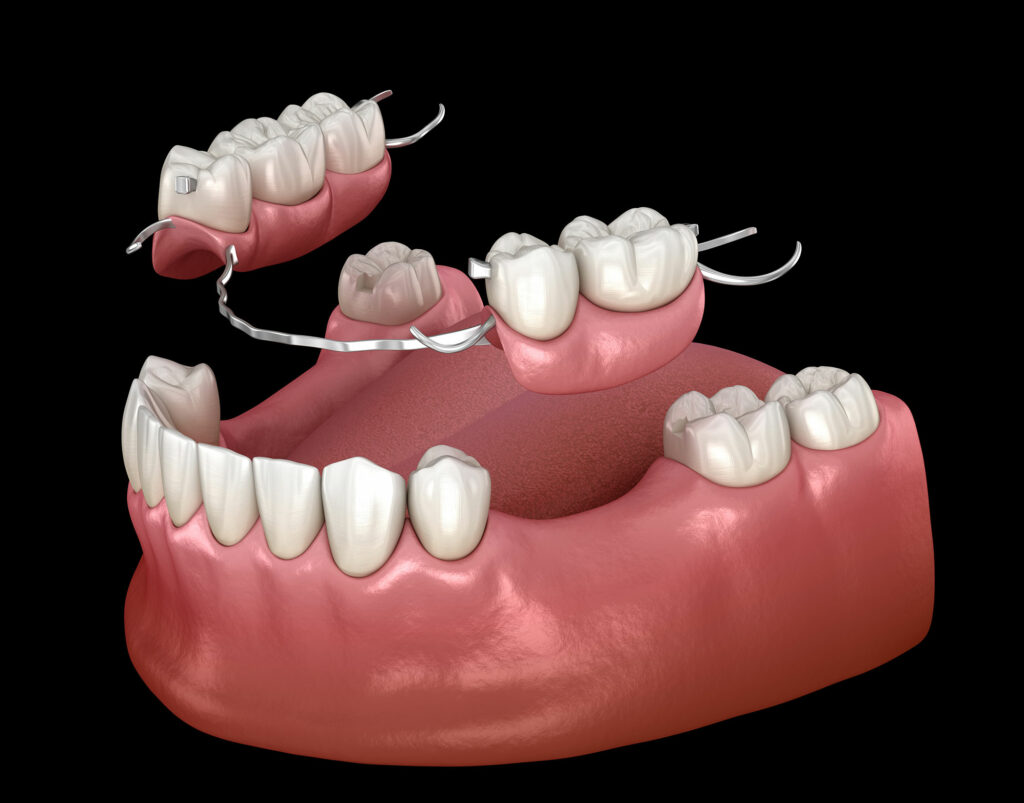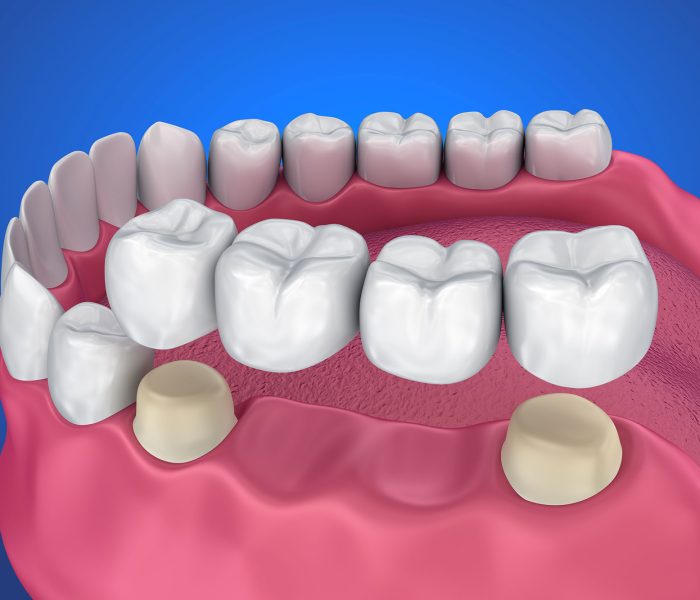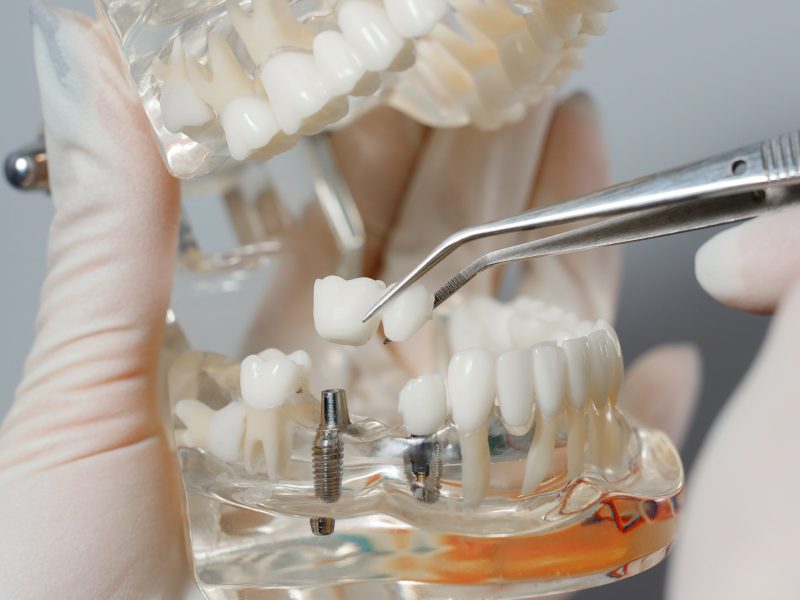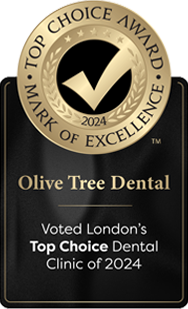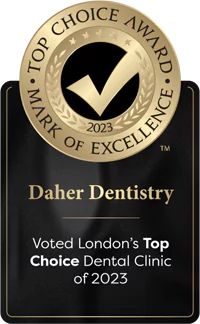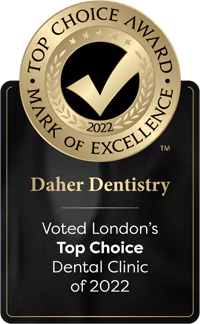Were you aware that some individuals are born with congenitally missing teeth? This condition, known as hypodontia, impacts as many as 6.9% of people! In some cases, it’s inherited, passing from one generation to the next.
But here’s the good news: there are various treatments accessible, including bridges, dentures, dental implants, and orthodontics. Intriguingly, the most frequently absent teeth are the upper lateral incisors and the permanent second premolars. So, have you ever crossed paths with someone affected by hypodontia? Then, you need to read ahead in order to know the potential causes, prevention, and risk factors.
Causes and Risk Factors
You know, sometimes missing teeth are something people are born with. It’s called hypodontia, and it affects around 6.9% of folks! Now, this can run in families, so it’s something that can get passed down from parents to their kiddos. But don’t worry. There are ways to deal with it, like bridges, dentures, dental implants, and orthodontics.
Now, there are some other things that can lead to missing teeth, too. Things like being born to older moms, being on the smaller side when you’re born, or even having a bunch of siblings. Sometimes, early exposure to certain infections or a little accident can play a role, too. And there are also some conditions that can cause this, like ectodermal dysplasia and Down’s syndrome.
Now, when you’re missing quite a few teeth, it can mess with how your mouth usually works with its 36 teeth. It might not just look a little different, but it can cause all sorts of issues. Things like trouble chewing, problems with how you talk, and even periodontal damage. Plus, when there’s an empty space, the other teeth start to shift around, which can lead to even more trouble.
The Symptoms of Hypodontia
The most prevalent and recurring symptom of hypodontia is being born with one to six missing teeth. This condition is typically known as hypodontia, and it can manifest anywhere in your mouth, with the exception of your wisdom teeth. This dental anomaly may involve the absence of either primary (baby) teeth or permanent (adult) teeth. In addition to missing teeth, individuals with hypodontia may exhibit peg-shaped or smaller-than-average existing teeth. They might also experience gaps and spaces between their present teeth.
It is important to note that hypodontia can sometimes be indicative of underlying genetic disorders. In certain cases, individuals with hypodontia may also display symptoms associated with ectodermal dysplasias. These symptoms might include:
- Nail abnormalities.
- Thining hairs.
- Poor hearing.
- Poor vision.
- A lack of sweat glands.
What Causes Hypodontia?
Hypodontia is a condition that is often linked to an abnormality in the dental lamina, a critical band of tissue situated beneath the gums where our teeth develop. This tissue plays a crucial role in the early stages of tooth formation. And when it functions abnormally, it can lead to the absence or underdevelopment of teeth.
The primary cause of hypodontia is typically genetic, indicating that it is passed down through generations in families. Inheritable genetic variations can influence the development of teeth and the dental lamina, resulting in hypodontia in certain individuals.
However, it is important to note that hypodontia can also be influenced by other factors. These may include environmental factors, prenatal influences, or certain medical conditions. Factors such as maternal health during pregnancy, exposure to specific medications or toxins, and other genetic anomalies can also contribute to the occurrence of hypodontia in individuals without a family history of the condition.
In some cases, hypodontia may be part of a broader spectrum of dental anomalies or syndromes. It can be associated with conditions like ectodermal dysplasia.
Treatment for Hypodontia
This condition can be addressed in multiple ways, depending on its severity. For example, your dental health professionals can apply braces in order to fix the misalignment and spacing of your teeth. In some instances, they might suggest prosthetic treatments like dental implants or braces to replace the missing teeth. The type of treatment you receive will be contingent on your personal preferences and your oral condition.
1. Braces & Invisalign:
Patients with minor issues of hypodontia teeth can be easily treated with orthodontic treatments such as Invisalign or conventional braces. These approaches work effectively in order to minimize the unwanted spaces between the teeth. However, both of these procedures are not useful for severe cases of hypodontia, when people have substantial gaps between missing teeth. The major reason for this is that the remaining teeth are unable to cover such significant gaps.
2. Removable Partial Dentures:
Dentures are oral devices that only restore the functionality of your teeth but also revamp your appearance. Dental professionals suggest these devices for a number of patients suffering from hypodontia. They enable the patients to speak and chew normally. But dentures sometimes do not prove to be a long-term solution and need a considerable level of maintenance and care.
3. Dental Bridges:
Dental bridges are usually recommended to patients who have suffered extreme oral damage due to hypodontia. However, it is a permanent solution that bridges the gap between missing teeth and keeps the remaining teeth intact. The placement procedure of dental bridges is a complicated process. During this procedure, dentists usually reshape and downsize the adjacent teeth in order to set the bridge.
4. Dental Implants :
Implants are another permanent option for people suffering from hypodontia. Plus, this treatment is the most effective one, with fewer to no side effects. A metal bone is posted above the gap to hold the implanted tooth. This is a good option for people who were born without certain teeth. These implants don’t affect the teeth next to them like a bridge would. However, they are only recommended for people who are 18 years or older.
Parting Words
Congenitally missing teeth should not cause undue concern. With the guidance of a skilled and experienced healthcare professional, this condition is entirely treatable. Seeking proper care and treatment can lead to effective solutions and a restored smile, ensuring that individuals with missing teeth can enjoy optimal oral health and confidence in their appearance.

